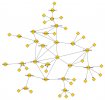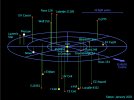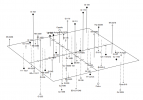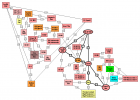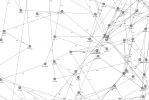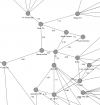Nobby-W
Not an axe murderer
- Joined
- Oct 7, 2018
- Messages
- 7,066
- Reaction score
- 15,998
It is possible but it's hard to do that without it looking cluttered. The maps are based on nearby star data; the one at the bottom is a 10 parsec cube centred about the Sun. If I hadn't savagely culled it, there would be about 100 stars on the map.I was thinking of something similar to thatNobby-W. Like a cube.
You can do it, but it's not easy to do without the map looking messy and being difficult to interpret, and it definitely has limits as to how much you can fit on a single map.




